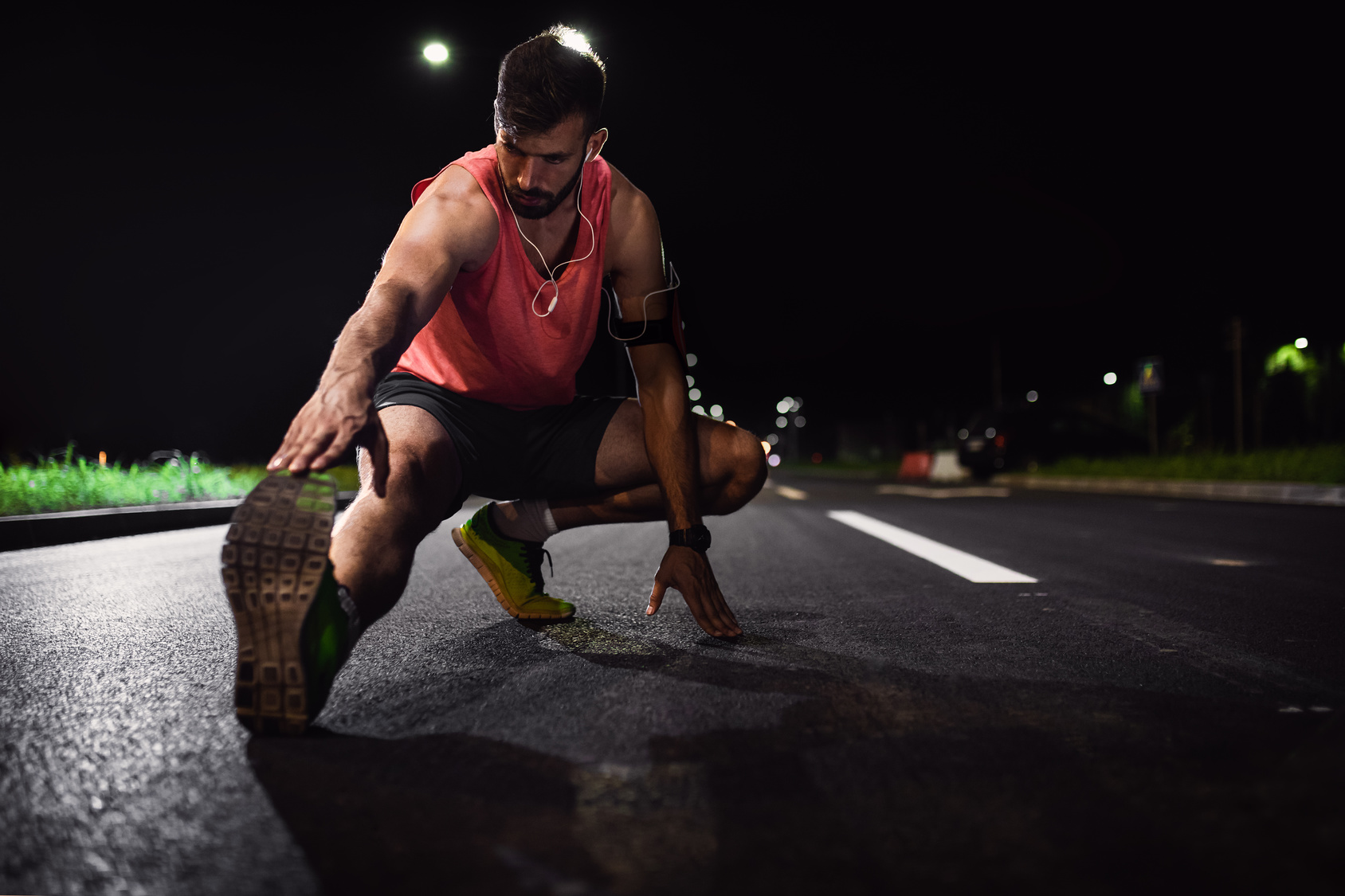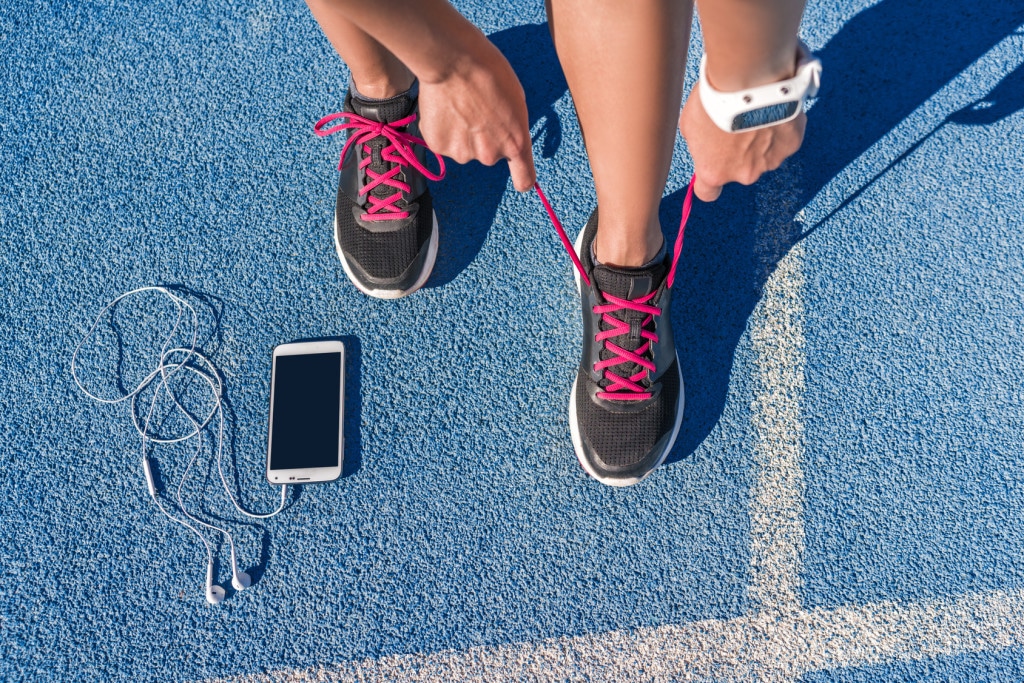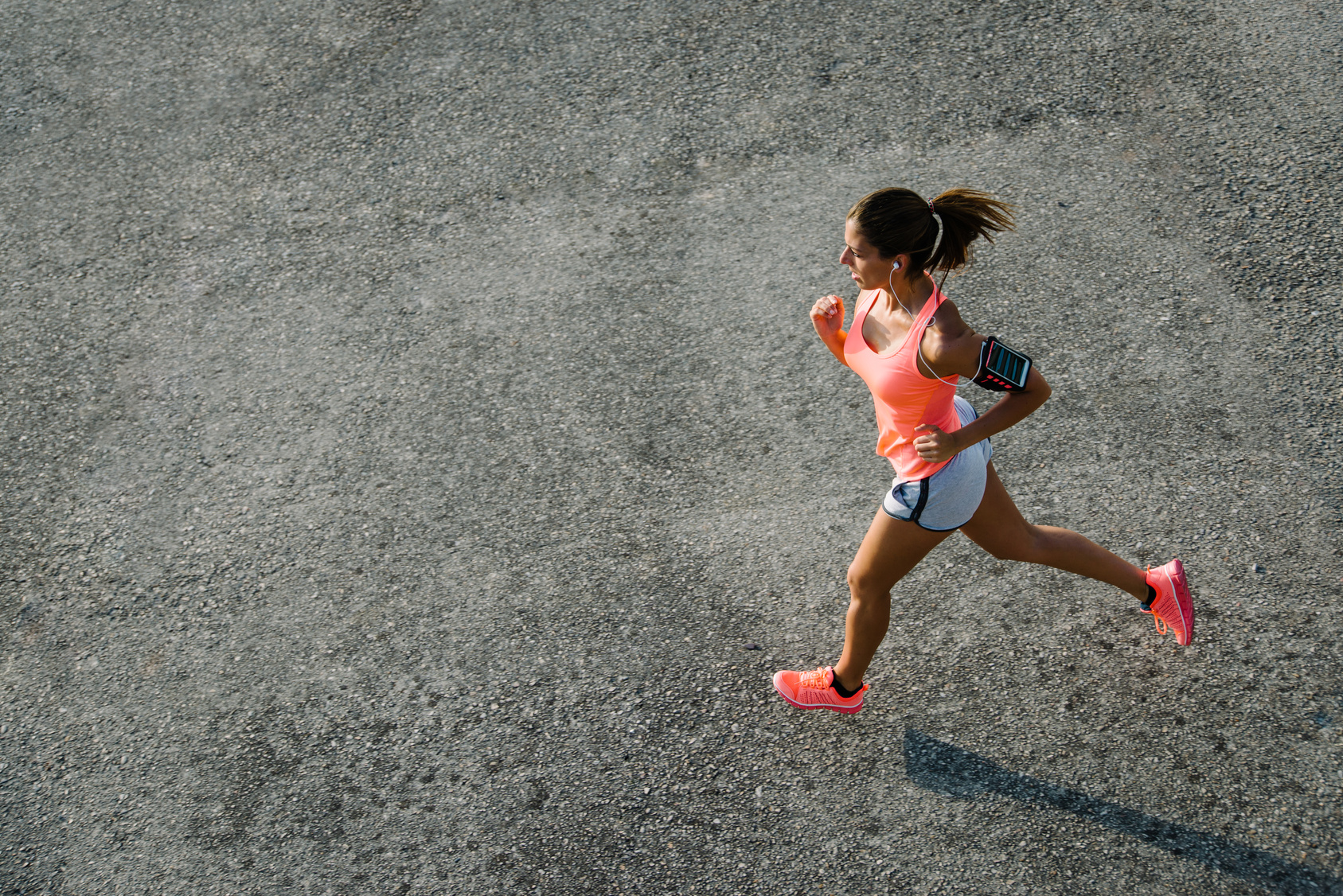It’s totally normal to feel a bit panicked when you ask yourself why is my period late, but yet you don’t have the answer. You start second-guessing everything, right? Like, “Did I eat something funky?” or “Am I working out too hard?” Well, it turns out that sudden weight loss and excessive exercise can indeed throw your menstrual cycle off balance, even if you’re not expecting a little bundle of joy.
Your body requires a certain amount of nutrients and calories to function correctly, so when it’s not getting enough, it has to prioritize. Kind of like when you’re stuck in traffic, and you have to choose which lane to stay in. Your body has to do the same thing and focus its energy on the most crucial systems, which means other areas, like bone-building and reproduction, might get left behind.
When it comes to your period, your hypothalamus, a region in your brain, can put the brakes on ovulation if your body is struggling to keep up. That can lead to irregular cycles or even missed periods altogether. So, it’s essential to make sure you’re taking care of yourself, getting enough rest, and fueling your body with the right nutrients to keep things running smoothly.
How is exercise related to missed periods?
Let’s talk about periods and exercise. So, you’re hitting the gym hard, pushing your limits, and feeling great about it. But what happens when your period doesn’t show up on schedule? It can be a bit of a head-scratcher, right? Well, overexertion and intense exercise can indeed cause missed periods or even a complete cessation of periods.
Now, I’m not saying you should give up exercise altogether – that’s not the answer. But if you’re an athlete or someone who consistently trains hard, irregular or skipped periods can be a common occurrence. And here’s the thing: even if you’re new to the fitness game, starting an intense regimen can throw your menstrual cycle off balance too.
You might think that it’s totally normal for periods to stop while training for sports, but that’s not always the case. In fact, it’s one of the three interconnected health risk factors that make up the Female Athlete Triad. The other two are bone loss/osteoporosis and poor energy availability with or without disordered eating. Basically, if one risk factor is present, it increases the likelihood that the other two may emerge or already be there.
It’s kind of like a game of Jenga. If one piece is missing or unstable, the whole tower is at risk of tumbling down. So, it’s important to take care of your body and make sure you’re not pushing it too hard without giving it the fuel it needs to function properly. And if you do experience missed periods or irregular cycles, it’s worth talking to a healthcare professional to make sure everything is okay.
Exercise guide to preventing missing your period
When you hit the gym for a couple of hours every day, you’re definitely burning some serious calories. And that’s great, right? But what you might not realize is that your body needs more fuel to keep up with all that activity. So, don’t be afraid to chow down on some extra snacks and meals to keep your energy levels high.
Here’s the thing, though – you don’t have to be a fitness fanatic to reap the benefits of physical activity. Whether you’re a guy or gal, young or old, it’s important to get moving for at least 30 minutes a day. That can be anything from taking a brisk walk to hitting the dance floor – just find an activity that you enjoy and go for it.
Ladies pay attention: exercise is especially crucial for us. It’s not just about staying in shape – physical activity can help reduce our risk of developing all kinds of health issues, from heart disease to osteoporosis. So, let’s get moving, ladies!
Now, when it comes to designing your exercise routine, it’s important to keep your goals in mind. If you’re aiming to get in some serious shape, you’ll want to mix up your workouts to include high-intensity days, recovery days, and moderate-effort days. That way, you’ll build endurance, strengthen your heart, and burn fat – all while avoiding burnout.
High-intensity interval training (HIIT)
Are you ready to kick your workouts up a notch with high-intensity interval training, or as the cool kids call it, HIIT? Listen up because I’ve got some tips for you.
First off, let’s talk about the duration of your HIIT sessions. Don’t expect to be sweating it out for an hour or more, my friend. This type of training is all about short, intense bursts of activity followed by periods of rest. Ideally, your HIIT workouts should last between 20 and 30 minutes.
But don’t be fooled by the brevity of your HIIT sessions – they should be tough! You should be pushing yourself to your limits during those intense intervals, whether it’s sprinting, lifting weights, or doing bodyweight exercises. Trust me, you’ll feel the burn.
Now, here’s where things get interesting. When you’re finished with your HIIT session, your body will continue burning calories for a while after you’ve stopped working out. This is thanks to something called EPOC, or excess post-exercise oxygen consumption. It’s like a little afterburn that keeps your metabolism revved up for a while, helping you burn more calories throughout the day.
Easy day workout
Active recovery is like a gentle hug for your body after pushing it hard during the week. It’s like giving your joints a little TLC, a chance to stretch and move in ways that feel good. A 30- to 45-minute active recovery session can be just what your body needs to loosen up and recharge for the next workout.
When it comes to your workout routine, balance is key. While high-intensity workouts are fantastic for building endurance and burning fat, it’s important to balance them out with moderate exercise days. These workouts may not be as intense, but they still offer plenty of benefits. You can still burn a good amount of calories, and your body can repair itself from previous intense workouts. Think of it like taking a break to catch your breath during a long run – it helps you keep going without burning out too quickly.
Moderate workout
Ah, the sweet spot of moderate exercise. It may not be as intense as high-intensity interval training or as calming as active recuperation, but it’s a vital component of a well-rounded fitness routine.
But if you’re looking to shed some pounds, it’s essential to know that you’ll need to put in a bit more time and effort with these moderate workouts to see results. That means extending those sessions to 45 minutes or more to burn enough calories to make a difference.
Of course, finding the time to fit all these workouts into your busy schedule can be a challenge. But don’t fret! Start by choosing one or two days each week for your more strenuous activities, like a killer spin class or a challenging weightlifting session. Then, give yourself a break the following day with some light yoga or a leisurely stroll.
After that, fill in the rest of your week with those longer, moderate-intensity workouts. Remember, it’s all about finding that sweet spot of working hard but not too hard to reap the most significant health benefits.
But before you start any new exercise program, make sure to check in with your doctor. This is especially important if you have a medical condition, are carrying a bit of extra weight, or are over the age of 40. Taking care of your body and your health should always come first















